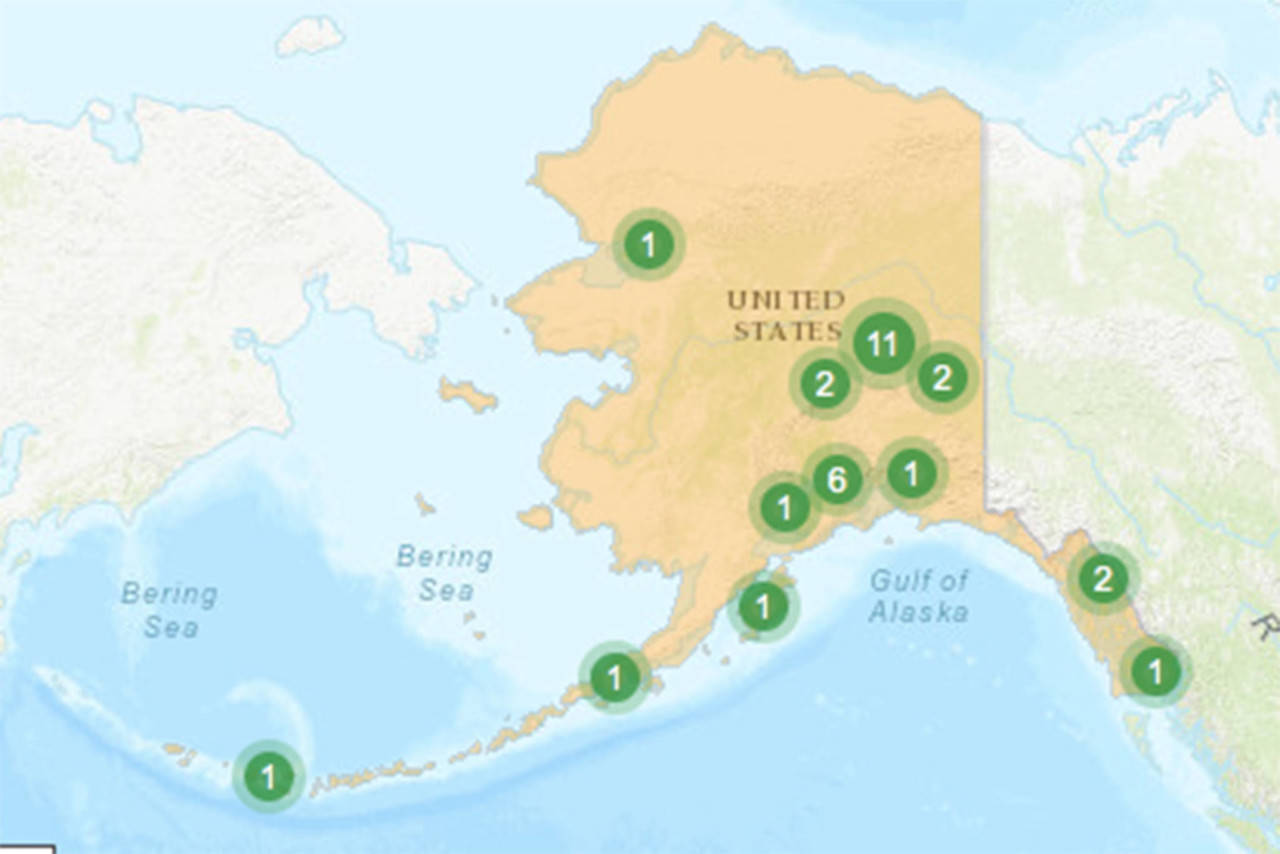Every year the EPA issues its annual Toxic Release (TRI) Inventory, and every year it creates confusion and misinformation regarding the Red Dog zinc mine in Alaska. Because the TRI was released again on Feb. 11, we wanted to share the facts about Red Dog and its inclusion on the list.
It is important to note that Red Dog is listed on the TRI entirely because of the volumes of rock and ore safely moved at the mine site each year. This is a normal part of the mining process and does not indicate any health or environmental effect. Red Dog is required to report the amount of materials moved at the mine site due to the grades of zinc and lead naturally occurring in the rocks in the ground. This does not relate to any releases of materials from Red Dog to the environment.
This naturally occurring rock material does not leave the facility and is moved to areas of the site that are managed under stringent state and federal permits to meet high environmental standards. In 2018, more than 99.97% of reported releases from Red Dog in the TRI actually remained at the mine site. The remaining 0.03% includes emissions that are also regulated under permits.
The Alaska Department of Environmental Conservation Commissioner Jason Brune has responded to the TRI, noting: “Big mines like Red Dog move a significant amount of material as part of their daily operations, but such actions do not adversely impact human health and the environment. Characterizing such releases as toxic is disingenuous at best.”
The Red Dog Mine was developed more than 30 years ago in partnership with the Iñupiat of Northwest Alaska and has been internationally recognized as a model for environmentally and socially responsible resource development. Red Dog is built around the strong partnership between Teck and NANA that has created quality jobs and supported local communities, all while practicing responsible environmental management under the guidance of the local Iñupiaq people. Since mining began, more than $1.3 billion has been provided to state and local government agencies in taxes and other payments, and more than $500 million in wages have been paid to employees living in the Northwest Arctic Borough and to NANA shareholders, who make up more than 50% of Red Dog’s workforce.
The real story of Red Dog Operations is the opportunities the mine has helped create in Northwest Alaska, and the strong environmental track record its employees have established together.
• Wayne Westlake is president and CEO of NANA Regional Corporation and Les Yesnik is general manager of Red Dog Operations.

